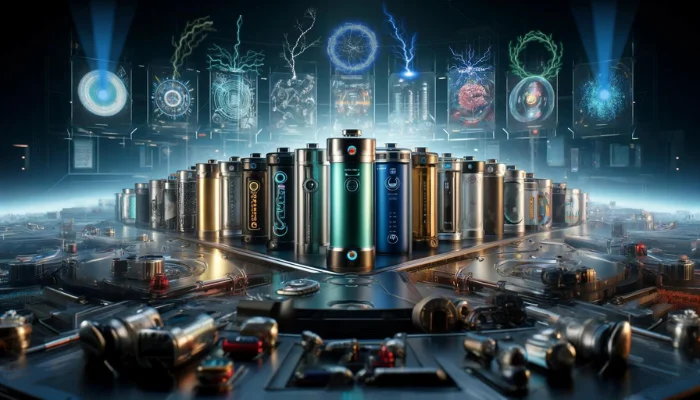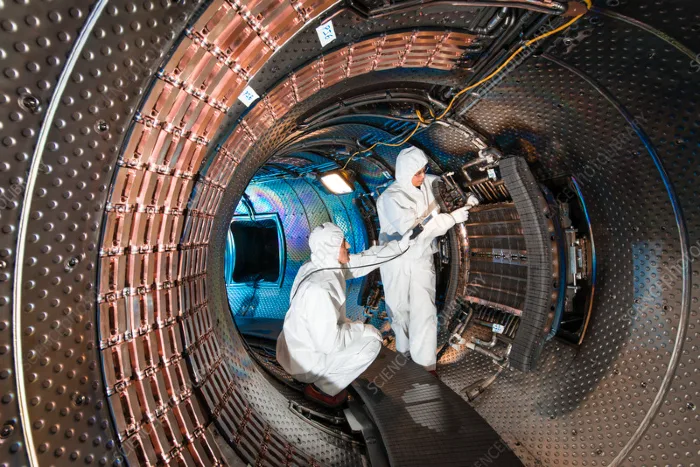Solar energy, while a promising and abundant source of clean power, is facing an unexpected challenge: what to do with retired solar panels?
Unlike the innocuous compost heap in your backyard, you can’t just toss out old solar panels. They contain hazardous elements like cadmium and lead (more on those below), which can pose significant environmental risks.
For context, think about the scale of the issue.
Imagine you’ve got some old solar panels stacked in your garage. While they’re not quite as perilous as a spent nuclear fuel rod, they still pose a considerable environmental concern, especially in large quantities.
As the adoption of solar energy expands, we’re talking about the potential of literal mountains of discarded panels. Interestingly, only Europe seems to have regulations requiring solar manufacturers to take responsibility for the end-of-life of their products.
And given that most solar panels have a life span of around 25 years, one must wonder about the long-term viability of such rules.
According to a recent study from an organization named Environmental Progress, solar panels generate up to 300 times more toxic waste per unit of energy compared to nuclear power. While such numbers should be approached with caution – after all, estimates can vary based on the assumptions behind them – even conservative numbers are alarming.
Where’s the alarm bell from environmental advocates?

Further, highlighting the gravity of the situation, is a stark warning from Japan’s Environment Ministry.
They predict that the annual waste from expired solar panels will skyrocket from 10,000 tons to an astonishing 800,000 tons by 2040.
As of now, they have no concrete strategy for safely managing this escalating waste. Another study cites that recycling all the solar waste produced by Japan in 2020 would occupy Toshiba Environmental Solutions for 19 years. By 2034, Japan’s yearly solar waste could be 70-80 times the 2020 levels.
Environmental Progress decided to delve into this issue and compare it with the well-debated problem of nuclear waste. Their findings were startling:
- Solar panels produce up to 300 times more toxic waste per energy unit than nuclear power stations.
- If we compare the waste from solar and nuclear energy over the next 25 years based on 2016's nuclear energy output, the difference is staggering. Visualize stacking the waste on football fields: nuclear waste would stack as high as the Leaning Tower of Pisa, whereas solar waste would be equivalent to stacking two Mount Everests.

Complicating the matter further is the improper disposal of e-waste.
In several countries, communities near e-waste dumpsites often burn the waste to retrieve valuable materials like copper.
This process releases toxic fumes from burning plastic, leading to carcinogenic and teratogenic effects on the local population.
So, while the world rightly marches towards greener energy solutions, it’s essential to consider the complete lifecycle of these technologies.
At some point, we must ask ourselves, how ‘green’ are our ‘green’ energy technologies?
Understanding the Dangers: Cadmium and Chromium
When discussing the potential hazards of solar panel waste, two heavy metals come to the forefront: cadmium and chromium. Both are present in most solar panels and can pose significant health and ecological risks if not managed properly.
Cadmium
Health Risks to Humans and Animals:
- Carcinogenicity: Cadmium and its compounds are known human carcinogens. Chronic exposure can increase the risk of lung cancer.
- Respiratory Issues: Inhaling cadmium-laden dust can cause severe damage to the lungs, leading to breathing difficulties and, in extreme cases, emphysema.
- Kidney Damage: The kidneys filter out cadmium from the blood, but over time, high exposure levels can lead to kidney disease and other related disorders.
- Bone Deficiencies: Cadmium interferes with calcium absorption, leading to bone softening and osteoporosis.
Ecological Concerns and Risks:
- Aquatic Life: Cadmium can contaminate water sources. In aquatic environments, it affects fish populations by damaging gills, altering enzyme activities, and even causing death at higher concentrations.
- Soil Contamination: Cadmium can remain in the soil for years. Plants may absorb this heavy metal, entering the food chain and affecting larger animals and potentially humans.
- Bioaccumulation: As cadmium accumulates in organisms, it can reach dangerous levels, impacting predators higher up the food chain.
Chromium
Health Risks to Humans and Animals:
- Carcinogenicity: Hexavalent chromium (Chromium VI) is recognized as a human carcinogen when inhaled. It can lead to lung cancer and increased risk of stomach tumors.
- Respiratory Concerns: Inhalation can lead to nose irritations and nosebleeds.
- Skin and Eye Contact: Direct contact with certain forms of chromium can lead to skin ulcers and allergic reactions. Eye contact might result in eye irritation and damage.
- Digestive Disorders: Ingesting large amounts can cause stomach upsets and ulcers, convulsions, kidney, and liver damage, and even death.
Ecological Concerns and Risks:
More To Discover
- World’s First Silicon-Free Solar Panel Is Hair-Thin and Transparent
- Bumpy Solar Cells? May Hold Potential for 66% More Energy Capture
- MIT Paves Way for Next-Gen Solar With Guide On Commercializing High-Energy Perovskite Cells
- MIT’s Solar-Powered Desalination System Could Produce Freshwater Cheaper Than Tap Water For Most Of The World
- Water Contamination: Chromium can contaminate water, impacting aquatic life. In fish, it can cause respiratory distress, altered swimming behaviors, and developmental issues in embryos.
- Soil Interaction: High chromium levels in soil can hinder the growth of plants, reducing crop yields. It can also lead to bioaccumulation.
- Wildlife Impact: Animals that consume chromium-contaminated food or water may suffer from digestive and reproductive disorders.
Given these risks, it becomes even more crucial to have proper disposal and recycling mechanisms for products containing these metals, like solar panels.
As we transition to greener technologies, understanding and mitigating the potential environmental health hazards is of utmost importance.





















